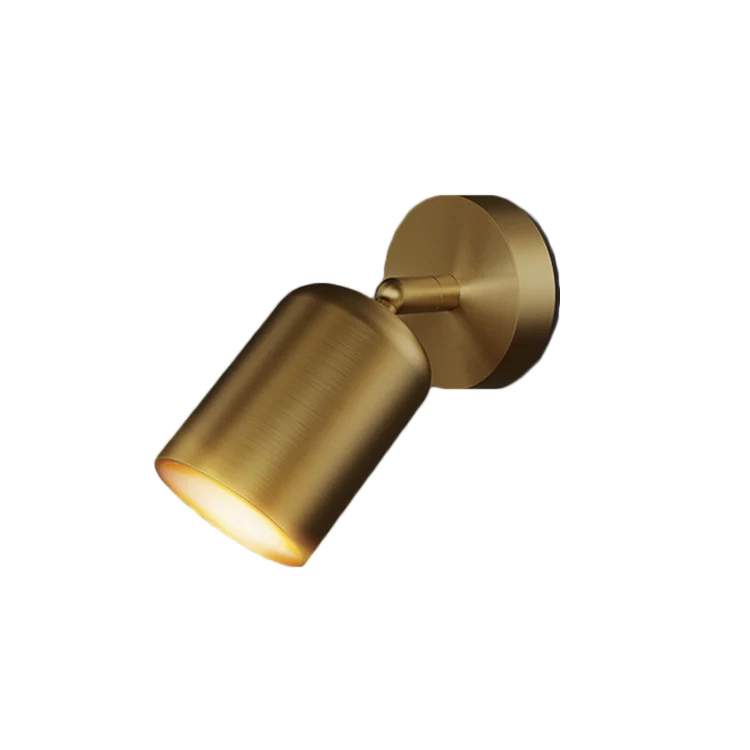LEAFLETS
PRODUCTS
Creative Table Lamp Concepts
Material Innovation: Beyond Traditional Shades
For decades, table lamps primarily relied on materials like glass, metal, and fabric for their shades and bases. However, contemporary designs are increasingly embracing unconventional and sustainable materials. We’re seeing a rise in lamps crafted from recycled materials, such as repurposed wood, plastic, and even textiles. This eco-conscious approach not only reduces waste but also adds a unique texture and character to the lamps, reflecting a growing awareness of environmental responsibility in design.
Furthermore, the exploration of new materials extends to the integration of natural elements. Think lamps incorporating real plants, stones, or even seashells into their design. This biophilic approach brings the outdoors in, enhancing the aesthetic appeal and promoting a sense of calm and connection with nature. These lamps are not just sources of light but also living, evolving artworks that change subtly over time.
Beyond sustainability and natural elements, the use of innovative materials like bioplastics, resin, and 3D-printed components opens up a world of possibilities for complex shapes and designs that were previously unachievable. These materials allow for intricate detailing and customizable creations, turning the table lamp into a personalized expression of the user’s style and preferences.
Interactive and Smart Lighting Technologies
The integration of smart technology is revolutionizing the table lamp, transforming it from a passive light source into an interactive element within a smart home ecosystem. These lamps often incorporate features like app-controlled brightness and color temperature adjustments, allowing users to precisely tailor the lighting to suit their mood or activity. Some even offer voice control integration through platforms like Alexa or Google Assistant, enhancing convenience and accessibility.
Beyond simple brightness and color adjustments, some creative concepts explore the use of dynamic lighting patterns and effects. These lamps might subtly change color throughout the day or respond to ambient sounds and movements, creating a dynamic and engaging lighting experience. This technology blur the lines between functional lighting and ambient art, transforming the lamp into an active participant in the overall atmosphere of a room.
Furthermore, the integration of sensors allows for more sophisticated automation. For example, a lamp could automatically adjust its brightness based on the ambient light levels in the room or turn on and off based on occupancy detection. These features enhance convenience and energy efficiency, making the smart table lamp both aesthetically pleasing and practically advantageous.
Form and Function: Exploring Aesthetic Innovations
Creative table lamp concepts are often characterized by a playful exploration of form and function. Designs range from the elegantly minimalist, showcasing clean lines and uncluttered aesthetics, to the exuberantly maximalist, incorporating bold colors, intricate patterns, and sculptural elements. This diversity reflects the wide range of tastes and preferences in modern design.
Some designers focus on creating lamps that are almost sculptural in their approach. These lamps might feature unusual shapes, unexpected materials, or intricate detailing, turning the lamp into a mini-artwork that commands attention. These pieces often transcend their purely functional role, becoming conversation starters and focal points within a room.
Conversely, other designs prioritize functionality and simplicity. These lamps are characterized by their clean lines, efficient light distribution, and unobtrusive presence. They prioritize usability and seamless integration into a room's overall aesthetic, offering a subtle yet effective source of illumination without dominating the space.
The Role of Sustainability and Ethical Sourcing
The growing awareness of environmental and social responsibility is influencing the design and production of table lamps. Many designers are prioritizing the use of sustainable and ethically sourced materials, aiming to minimize the environmental impact of their creations. This includes using recycled materials, working with sustainably managed forests, and supporting fair labor practices.
Furthermore, some designers are exploring bio-based materials and innovative manufacturing processes that reduce energy consumption and waste. This commitment to sustainability extends beyond the materials used to the entire lifecycle of the lamp, from design and production to packaging and disposal.
The transparency and traceability of materials and manufacturing processes are also increasingly important aspects of ethical sourcing. Consumers are becoming more discerning about where their products come from and how they are made, leading designers to prioritize transparency and openness in their supply chains.
The Future of Creative Table Lamps
The future of creative table lamps is likely to be even more innovative and diverse. We can expect to see further advancements in smart technology, the integration of personalized features, and the exploration of new and sustainable materials. The boundaries between art, technology, and functional lighting will continue to blur, creating lamps that are both aesthetically stunning and technologically sophisticated.
Furthermore, the increasing focus on personalization and customization will likely lead to the rise of bespoke and on-demand lamp design services, allowing consumers to create unique and personalized lighting solutions that perfectly match their individual style and needs. The table lamp will continue to evolve, reflecting the changing trends in design, technology, and consumer preferences, ensuring a vibrant and exciting future for this ubiquitous and essential household object.
SUBSCRIBE
INQUIRY










